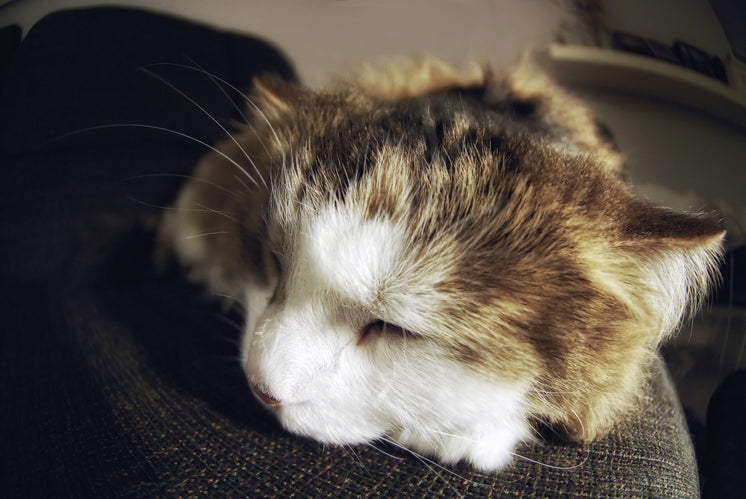Health Dangers Related To Traditional Clay Cat Litter
Health Dangers Related To Traditional Clay Cat Litter
Blog Article

Cat litter and litter boxes play a pivotal function in the lives of both cats and their owners. From the simple beginnings of sand and soil to the innovative improvements of today, the world of cat litter has progressed significantly. In this extensive guide, we dig into every aspect of cat litter and litter boxes, exploring their history, types, benefits, challenges, and everything in between.
The history of cat litter dates back centuries, with ancient civilizations using sand, soil, and even ashes as primitive litter materials. However, it wasn't up until the mid-20th century that contemporary cat litter as we understand it emerged. In 1947, Edward Lowe presented the world's very first business cat litter made from absorbent clay, changing the method felines relieved themselves indoors. Ever since, cat litter has undergone numerous transformations, with the introduction of clumping litter, silica gel litter, biodegradable options, and more.
Today, cat owners are ruined for option when it pertains to picking the best litter for their feline buddies. Conventional clay litter remains popular for its affordability and effectiveness in soaking up smells. Clumping litter, which forms strong clumps when wet, simplifies cleaning and maintenance. Silica gel litter, composed of highly absorbent silica crystals, offers superior odor control and longevity. Biodegradable options, such as recycled paper, wood pellets, corn, and wheat, appeal to ecologically mindful consumers.
Each type of cat litter uses special benefits. Clay litter masters its ability to soak up wetness and control odors, making it a reputable choice for lots of feline owners. Clumping litter simplifies daily scooping and extends the time in between complete litter changes. Silica gel litter supplies remarkable odor control and can last longer in between replacements. Eco-friendly litters provide a sustainable alternative that decreases environmental impact.
While cat litter boosts indoor feline hygiene, it is not without its challenges. Dust from clay litter can posture respiratory risks for both felines and humans, triggering the popularity of dust-free alternatives. Some felines may establish litter box aversion due to concerns with cat litter pellets texture, fragrance, or cleanliness, demanding experimentation with different litters and box setups. Multi-cat homes may need strategic litter box positioning and frequent upkeep to prevent territorial disagreements and ensure all cats have access Modern Litter Boxes to tidy facilities.
Picking the suitable litter box is essential for promoting favorable litter box habits and general feline well-being. Elements to think about include size, availability, and design choices. Covered litter boxes offer personal privacy and help consist of odors, however some felines may discover them confining or daunting. Open-top litter boxes offer easy gain access to and visibility however might result in more litter scatter. Automatic self-cleaning litter boxes simplify maintenance however need regular tracking and maintenance.
Appropriate litter box upkeep is crucial for guaranteeing a tidy and welcoming environment for both cats and their owners. Daily scooping eliminates waste without delay, reducing smell and discouraging litter box aversion. Routine litter replacement, normally every 1-2 weeks, prevents bacterial accumulation and keeps optimal absorbency. Comprehensive cleansing with moderate detergent and water, avoiding extreme chemicals that might deter cats from using the box, must be carried out monthly.
Cat litter and litter boxes play a central role in promoting a healthy and unified relationship in between felines and their human companions. With a diverse variety of litter alternatives and litter box styles available, cat owners have the versatility to customize their options to match their cats' preferences and home needs. By Modern Litter Boxes comprehending the advancement, types, advantages, and challenges of cat litter and litter boxes, pet owners can offer their feline pals with a comfy and sanitary indoor environment.